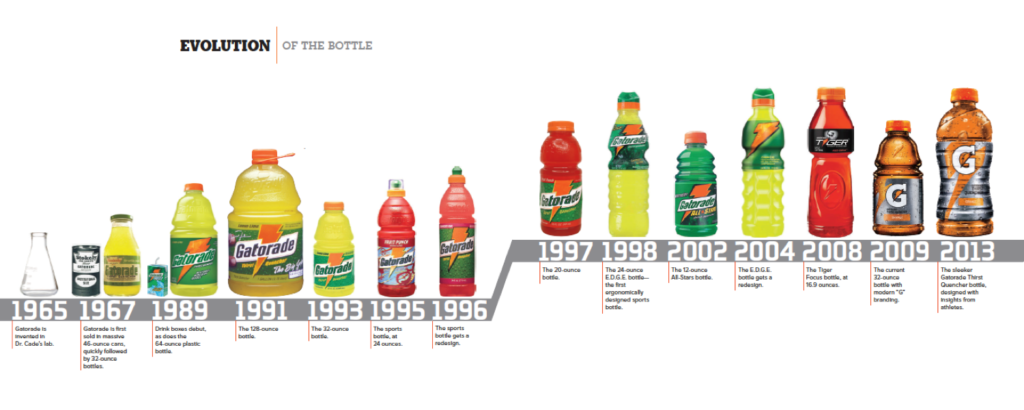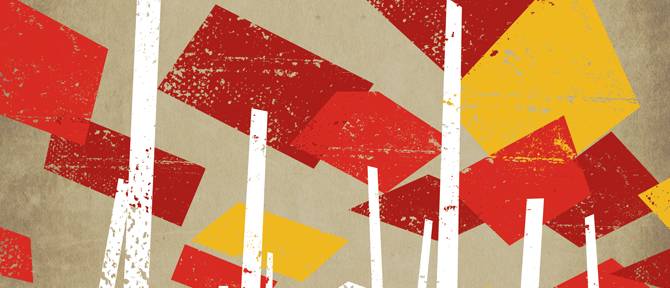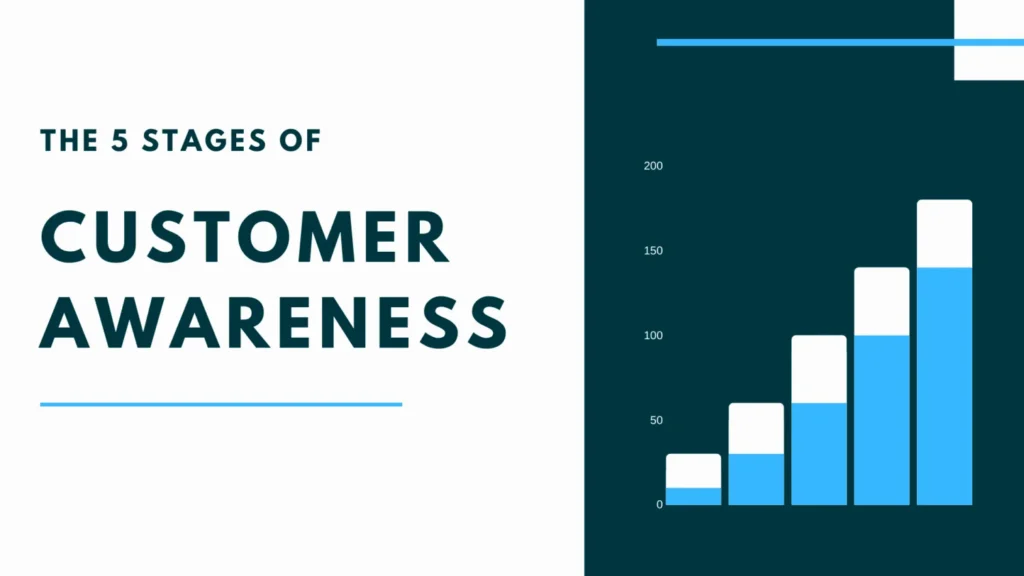Gatorade – Preventing Dehydration

The first commercially available sports drink has likely averted innumerable cases of heat stroke, especially in hot conditions.
Dewayne Douglas, an assistant football coach at the University of Florida, met with a group of university scientists at the start of the 1965 summer season to discuss the bad impact that the heat was having on so many Gators.
Dr H. James Free, Dr Dana Shires, and Dr Alex de Quesada, members of Dr James Robert Cade’s research team, met him.
James Robert Cade, a Navy veteran and professor of medicine and physiology at the University of Florida since 1961. His research included kidney and liver disease, diabetes, hypertension and schizophrenia.
Key Observations
Then, one of the players and Douglas came to Cade and commented about not urinating during football practice.
The observation was the key!
Over coffee and pastries, the researcher concluded that the players’ lack of bathroom breaks is due to their excessive perspiration. They researched the topic of thermodynamic physiology during exercise by reading every book they could get their hands on.
In the 1960s, players weren’t allowed to hydrate or drink water during practices or games. The coaches thought it made the players slow. It was predicted by experts that players would experience cramping and illness. To compensate for sodium loss, some teams only allow their players to take a salt tablet with a sip of water.
The Gators fared especially poorly in the sweltering conditions of Florida’s climate. Many were suffering from heat exhaustion due to the heavy equipment they wore, the humidity and the scorching, southern sun.
The researchers gathered athletes’ perspiration by squeezing it out of their old jerseys. It didn’t take long for the researchers to figure out that the athletes were losing so much weight through water loss to sweat (sometimes as much as 10 pounds during a practice), that they required a drink to replenish their glycogen and sodium stores.
The Drink
To help athletes stay hydrated in the Florida heat and replenish fluids lost during exercise, a group of physicians and medical researchers concocted a carbohydrate-electrolyte beverage in a basement lab one evening. They clinked their glasses in a toast (not realising what they had just made) and drank deeply. The physicians who were standing close to a lab sink hastily spat theirs out. Cade, who wasn’t near a sink, swallowed his and then vomited.
Naming
Gatorade comes from the moniker given to the college’s football teams. Designed to improve gastrointestinal absorption of water and sodium, the beverage also included sugar, a key source of energy, and phosphate, which aids in the metabolism of sugar.
The coach at the University of Florida, Ray Graves didn’t want them to try it out on the varsity team, so they performed their testing on the freshmen.
Cade wanted to pay the athletes for their time collecting blood and sweat samples, but NCAA rules barred him from doing so, so instead he treated them to steak meals.
Some of the players threw up after ingesting the first batch because of how horrible it tasted.
Cade turned to his wife for advice, and she suggested that he mix up some lemon juice and sugar substitute.
It’s hard to peg Gatorade’s birth to an exact date, but it can be cited as October 2, 1965, Florida vs. LSU football game that marked the first time the product was proven on the field.
When the Florida Gators claimed that the drink, also known as Cade’s Cola, gave them the energy they needed to win the 1967 Orange Bowl, it quickly became a national phenomenon.
The results were undeniable. In scrimmages, the underclassmen who drank Gatorade started dominating the upperclassmen. The team’s winning run continued when Coach Ray Graves mandated that everyone drink Gatorade.
The Gators earned a reputation as a second-half force due to their penchant for crushing their opponents in the second half-of games.
A victory in 1966 was proclaimed by the Florida Times-Union in Jacksonville with the headline, “One Lil’ Swig of That Kickapoo Juice and Biff, Bam, Sock — It’s Gators, 8-2.”
Soon, universities outside of Florida heard about Gatorade and placed orders for their football teams. These schools included the University of Richmond and the Miami of Ohio. Orders from other college football programs across the country soon followed, as playing without Gatorade on your sidelines began to be likened to playing with just ten men on the field.
Royalty
Meanwhile, Indiana University School of Medicine was developing an artificial kidney and kidney transplant program in 1966. Three Florida medical professionals were brought in. Their names were Shires, de Quesada and another of Cade’s associates, Dr Kent Bradley.
Strangely enough, they going there didn’t have a thing to do with Gatorade. All of them had been doing renal disease-related work in Florida before being there.
Through an acquaintance, Bradley was invited to a Stokely-Van Camp Christmas celebration in 1966.
He introduced the great new drink Gatorade to Alfred J. Stokely and other corporate officials at the celebration. They were enthusiastically curious.
Bradley asked Cade to send samples to Indianapolis. He prepared three different flavours: lemon-lime, orange, and grape. A couple of days later Bradley called to tell Cade that the executives, especially Alfred J. Stokely, liked the idea and wanted to commercialise Gatorade.

Officials from Stokely-Van Camp travelled to Florida in March 1967 to sign a contract allowing them three months to explore the viability of releasing the product.
In May, they re-convened with them to sell the drinks and the brand for an ongoing royalty. The researchers had wanted $1 million for an outright purchase, but Stokely Van was wary of making such a large investment in a product that might never sell.
The doctors approved Stokely-Van Camp to sell Gatorade exclusively. The Gatorade Trust still exists in Indianapolis today and doles out millions of dollars in royalties to inventors and other beneficiaries.
The perpetual royalty turned out very well for the scientists as 40 years later they still get a royalty payment every other month which is several times larger than the $1 million they had asked.
Changing the name of the beverage to Quench or Rebound was something that Stokely-Van Camp pondered. However, the name Gatorade was already well-known among the public and the teams

Quaker Oats bought the rights in 1983 and began marketing it nationally.
Gatorade’s global sales were in the billions when Quaker Oats was bought by PepsiCo in 2001.
The drink is currently offered in 80 countries, in dozens of varieties.
For Cade, the most satisfying element of his innovation occurred far from the playing grounds. In hospitals, Gatorade is used to treat children with diarrhoea and to speed up recovery after surgery.
Doctors who treat children often go for Gatorade, and so do individuals in Third World nations who are battling cholera.
Reference
https://www.latimes.com/archives/la-xpm-2007-nov-28-me-cade28-story.html



